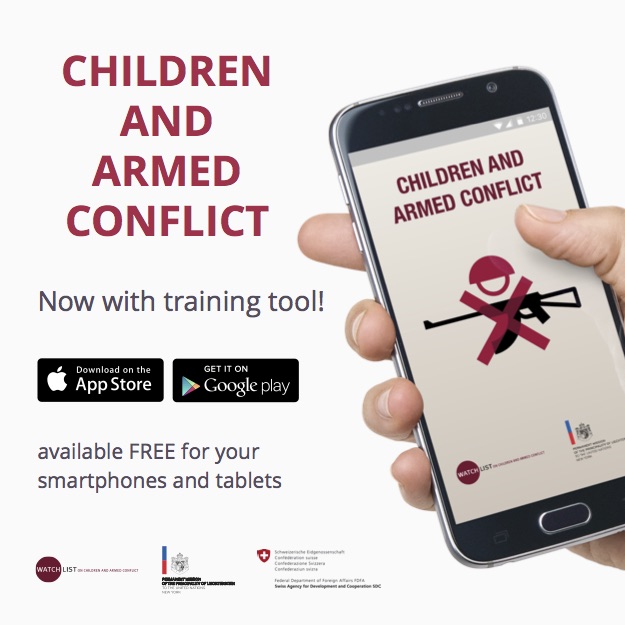On 2 June, ahead of the June Security Council resolution on children and armed conflict, Watchlist on Children and Armed Conflict (‘Watchlist’) published a new briefing note entitled “Expanding the UN’s Children and Armed Conflict Agenda”. In the note, Watchlist highlights abductions of children in situations of armed conflict and the detention of children allegedly associated with armed forces or groups, through examining the Secretary-General’s annual reports from 2002 to 2014. Watchlist recommends expansion of the listing criteria to include abductions, which would be an important step toward enhancing the international community’s ability to protect children and hold perpetrators to account. Drawing attention to the detention of children, Watchlist lastly urges all parties to ensure that children associated with armed groups or forces are treated primarily as victims, whose treatment should focus on maximizing their potential for effective rehabilitation and reintegration into society.
Abductions are identified by the UN Security Council as one of the six grave violations perpetrated against children in situations of armed conflict. Security Council resolution 1612 (2005) established a Monitoring and Reporting Mechanism to document and report on these violations, however, unlike four of the six grave violations – recruitment and use, killing and maiming, rape and other forms of sexual violence, and attacks on schools/and or hospitals – abductions do not “trigger” listing of responsible parties in the Secretary-General’s annual report on children and armed conflict. The expansion of “trigger” criteria to include abductions was called for by 7 Council Members and 14 Member States during the March 2015 Open Debate on Children and Armed Conflict.
While not a new feature of armed conflict, abductions have appeared to increase in recent years. Surveying each Secretary-General’s annual report on children and armed conflict since 2002, Watchlist found at least 24,422 children were abducted by parties to armed conflict across all regions. Armed groups were responsible for 95.8 percent of all records cases, while Government security forces accounted for 3.5 percent. Children are abducted for a number of reasons, including exploitation, punishment, ransom and indoctrination, and abductions are often a precursor to other violations, such as recruitment and use, rape and other forms of sexual violence, or killing and maiming. In few cases, however, is information known about the fate of the child after abduction takes place. At least 50 parties are mentioned in the body of the annual reports as responsible for abductions between 2002 and 2014. Of those, however, 19 parties were not listed in the annexes at the time the abductions were committed. The addition of abductions as a fifth trigger violation would help to ensure that parties responsible for abductions are identified and held accountable.
Examination of the annual reports further reveal an estimated 9,909 children were detained for their association with armed groups or forces, primarily by Government security forces. Many were subjected to torture and other forms of ill treatment. The UN Security Council should call on all parties to put in place safeguards to ensure that children associated with armed groups or forces are treated primarily as victims due to their age and the forced or coerced nature of their association with parties to armed conflict. Their treatment should focus on maximizing their potential for effective rehabilitation and reintegration into society.



